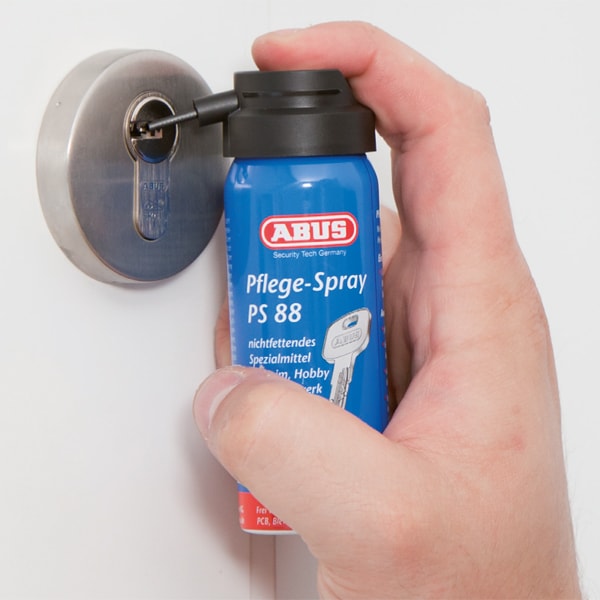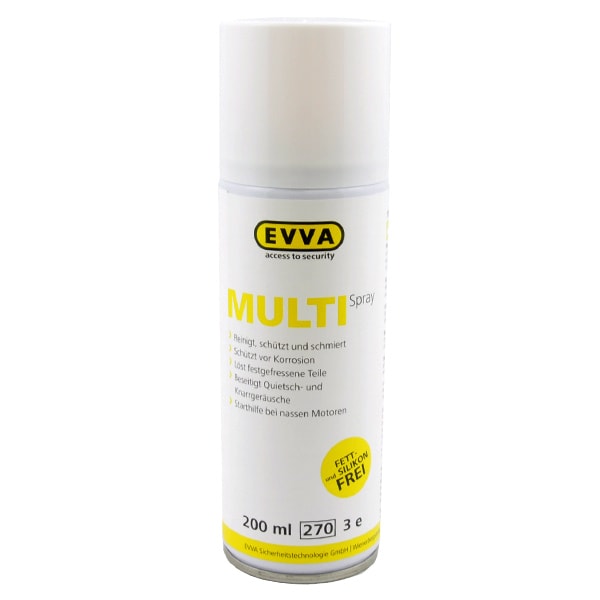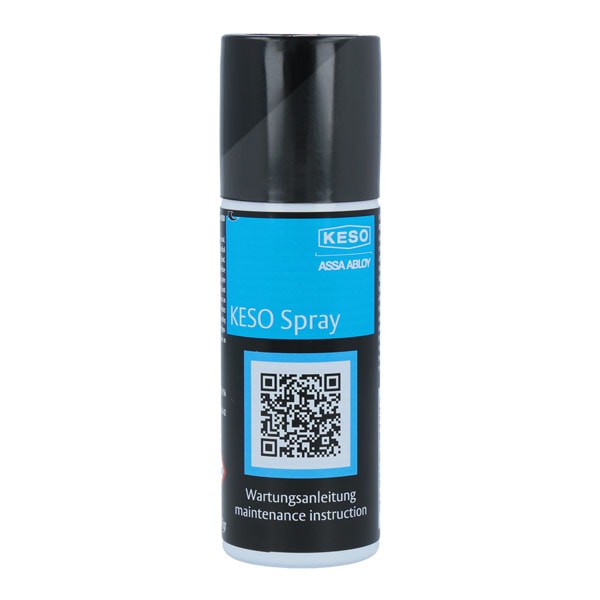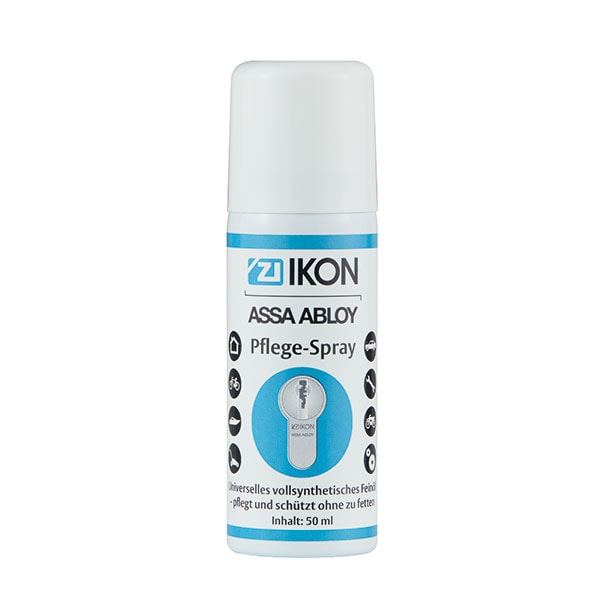Maintenance and care of locking cylinders
Wrong or insufficient care of locking cylinders can lead to the loss of warranty claims.
To maintain serviceability, be sure to follow the manufacturer's recommended care instructions.

In the supplied care instructions and installation instructions are given recommendations on care frequency and the care products to be applied.
You can download these, for the products distributed by us, in our download area to the respective manufacturer.
Without care, the profile cylinders already show signs of wear and extreme wear after a short time. Incorrect care is, for example, when residue-forming agents are used that lead to gumming, such as oil or graphite.

If a complaint is made about a profile cylinder and the failure is not due to technical malfunction (defective parts), the cylinder is usually disassembled. If residues or traces of other agents are detected in the process, a warranty will also be rejected.
Under certain circumstances, however, this test will then also be charged.
Precision cylinders should not be treated with graphite. A combination with oil or other agents is usually "deadly" for the lock cylinder. It comes to bonding of the applied agents. Subsequent removal is not possible without disassembly. The smoother a key is, the lower is also the wear in the cylinder.


Variously encountered "ratcheting", however, has nothing to do with lack of care. This ratcheting is triggered by special pins and scanning inside the profile cylinder. As a rule, this achieves post-locking security and a defined trigger position of the key.
The manufacturers of profile cylinders have searched and found suitable means in long test series, usually spray. There is no single spray that can be used for all types of cylinders. Only the spray or care agent specified by the manufacturer should be used. This guarantees long maintenance cycles and low wear with a long service life.














